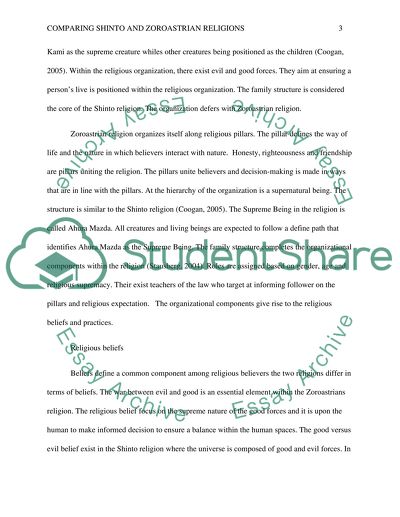Cite this document
(“Comparing Shinto and Zoroastrian Religions Research Paper”, n.d.)
Retrieved from https://studentshare.org/religion-and-theology/1701830-the-differences-between-shinto-and-zoroastrian
Retrieved from https://studentshare.org/religion-and-theology/1701830-the-differences-between-shinto-and-zoroastrian
(Comparing Shinto and Zoroastrian Religions Research Paper)
https://studentshare.org/religion-and-theology/1701830-the-differences-between-shinto-and-zoroastrian.
https://studentshare.org/religion-and-theology/1701830-the-differences-between-shinto-and-zoroastrian.
“Comparing Shinto and Zoroastrian Religions Research Paper”, n.d. https://studentshare.org/religion-and-theology/1701830-the-differences-between-shinto-and-zoroastrian.


